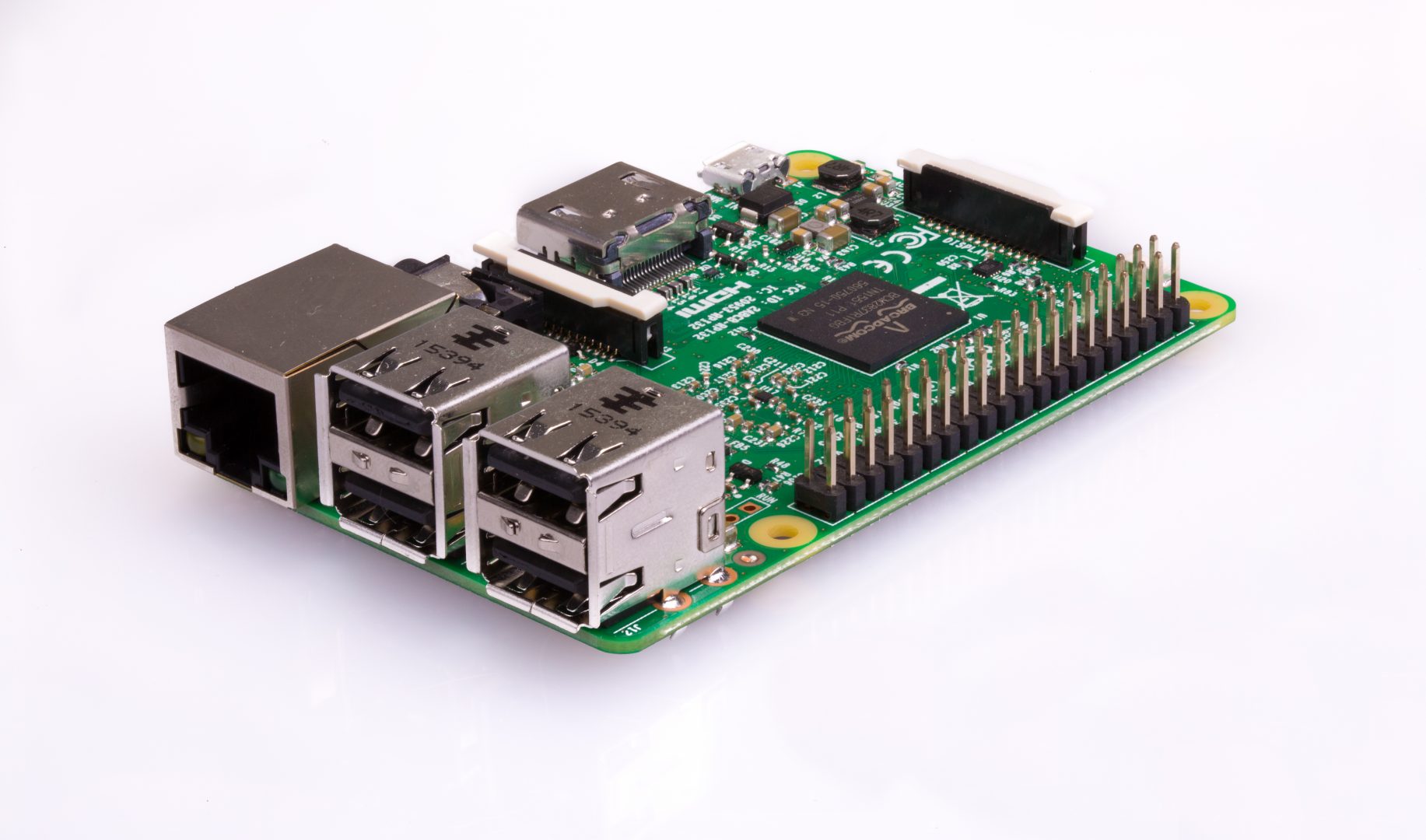30) SBC reduced board computers (Arduino, Raspberry Pi, Orange Pi, Banana Pi)
30) SBC reduced board computers (Arduino, Raspberry Pi, Orange Pi, Banana Pi)
-Arduino: The designs of Arduino boards use various microcontrollers and microprocessors. Generally the hardware consists of an Atmel AVR microcontroller, connected under the configuration of "minimum system" on a printed circuit board to which you can connect expansion plates (shields) through the arrangement of the input and output ports. present on the selected plate.
-Raspberry Pi: is a low-cost computer, single-board computer or low-cost single-board computer (SBC) developed in the United Kingdom by the Raspberry Pi Foundation, with the aim of stimulating computer education in schools.
-Orange Pi: is a single-board open source computer, based on Raspberry Pi1 but lower priced and manufactured by Shenzhen Xunlong Software CO., Limited. It can work with Android 4.2, Android 4.4, Ubuntu, Debian, Fedora, Raspbian, ArchLinux, openSUSE, OpenWrt and other operating systems. It uses the AllWinner A20 SoC processor, and has a memory that goes from the 256MB of the Orange Pi Zero to the 2GB DDR3 SDRAM of the larger boards. It has a standard TF card slot.
-Banana Pi: The Banana Pi is a small plate similar to the Raspberry Pi but with a more powerful processor and 1 GB of RAM. It is based on an Allwinner A20 capable of running Android, Lubuntu or Raspbian for example. It is a small plate lena of characteristics for those who want to take advantage of all its power.




:max_bytes(150000):strip_icc()/51bxuIpjgiL._SL1024_-56a1b4ef3df78cf7726d3e6e.jpg)